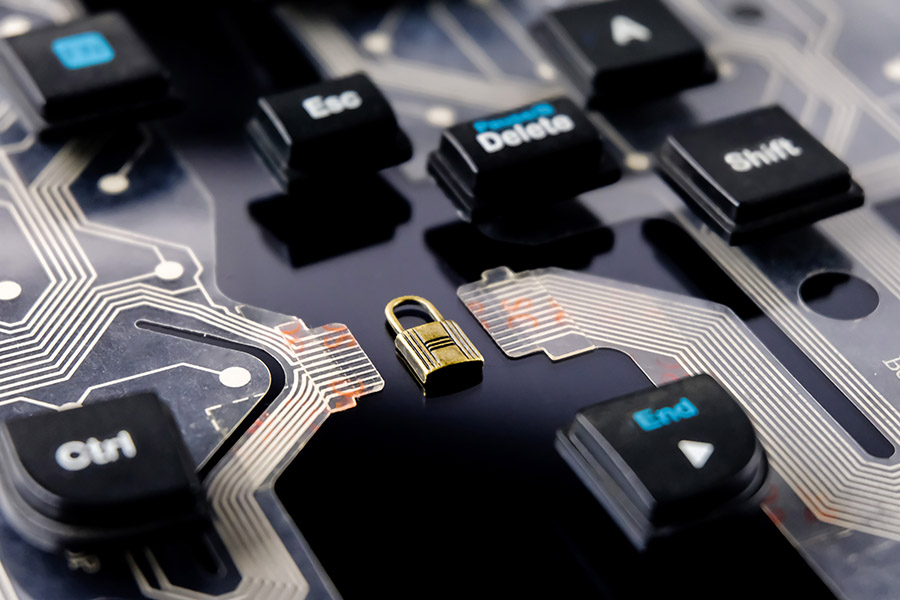
How to protect yourself from iPhone thieves locking you out of your own device
January 25, 2024
MICROSOFT HITS THE 3 TRILLION HITS A MILESTONE
January 25, 2024(TNS) — To prepare students for a future shaped by pervasive artificial intelligence, North Carolina released new guidelines Tuesday that urged educators to “rethink” the meaning of plagiarism in classrooms.
“In the not-too-distant future, it will be a common assumption that all writing from academic papers to news reports and emails may be written with AI,” the North Carolina Department of Public Instruction said in its new 34-page generative AI guide. “In light of this, it is perhaps shortsighted to automatically consider all use of AI as ‘cheating.’”
Generative artificial intelligence takes human-written prompts and produces original text, sounds, images and data analyses. One of the most popular platforms is the large language model ChatGPT, which was released to much fanfare in November 2022. This moment “brought AI to the forefront of conversations about the future of education,” NCDPI said.
ChatGPT has also raised plagiarism concerns in K-12 schools and on college campuses. This summer, UNC-Chapel Hill released rules on how students could ethically use generative AI. And some North Carolina school districts, including Charlotte-Mecklenburg Schools, still block ChatGPT on student devices.
But banning AI is futile and detrimental, the state department says. NCDPI argued students need to develop generative AI skills to close the digital divide and be properly prepared for college and careers.
FIVE-STEP SCALE FOR AI USE
Instead, the state department introduced a five-step acceptable use scale for deciding how students can use the technology to help complete assignments. The steps range from “0 — No AI Use” to “4 — Full AI Use with Human Oversight.” Each stage defines how students are meant to use artificial intelligence and the disclosures their instructors will require.
For example, Level 3 requires students to include an MLA-style citation for any AI-created content. In Levels 1 and 2, students are to submit links to their AI chats. In Level 0, no AI use, the state says students may be asked to sign an academic honesty pledge.
“Teachers should educate students about the responsible use of generative AI, promoting the values of honesty, critical thinking, and originality in academic endeavors,” read the guidelines, which were adapted by a digital teaching and learning staff member from an existing framework.
While ChatGPT’s ability to craft full-fledged essays in seconds has spooked some educators, the state contends the technology can be used to promote self-directed learning, creativity and access for students with disabilities.
NCDPI warned against the use of AI detectors to try to detect students who cheat, alleging these tools frequently “catch” English language learners and creative writers with false positives while failing to identify students “who are skilled at working with AI and are capable of fooling the detectors.”
“If there is suspicion that a student depended on AI too heavily for an assignment, this should be viewed as a teachable moment to reinforce the appropriate partnership with AI tools rather than a ‘gotcha’ moment,” the state recommended.
The new guidelines also detailed how educators can use generative AI tools to create lesson materials and to provide feedback, including using it to grade more straightforward student work.
To summarize its K-12 approach to generative AI, the Department of Public Instruction borrowed an analogy which advises students use the technology more like an electric bike than like a robotic vacuum. While the latter functions with little to no human assistance, an e-bike still requires humans steer and peddle. It just makes the job easier.
Source: https://www.govtech.com/education/k-12/north-carolina-guidelines-rethink-plagiarism-after-chatgpt




